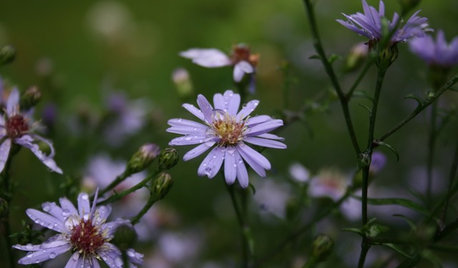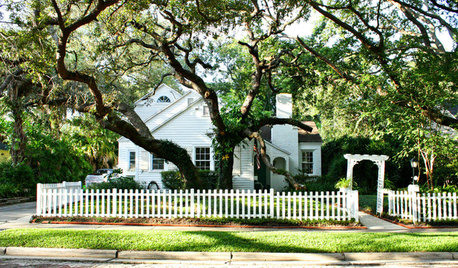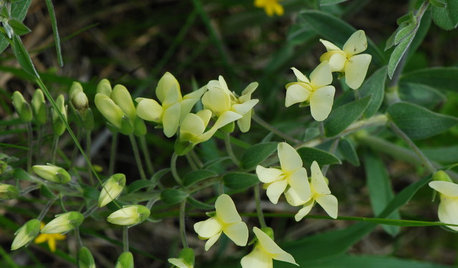Sandy Soil but Dense Tilth
CortneyRae
9 years ago
Related Stories

GARDENING GUIDESInvite Cellophane Bees to Your Garden by Providing Patches of Bare Soil
Look for cellophane bees (Colletes) pollinating flowering trees and shrubs in U.S. gardens this spring
Full Story
GARDENING GUIDESHave Acidic Soil in Your Yard? Learn to Love Gardening Anyway
Look to acid-loving plants, like conifers and rhododendrons, to help your low-pH garden thrive
Full Story
GARDENING GUIDESHow to Stop Worrying and Start Loving Clay Soil
Clay has many more benefits than you might imagine
Full Story
GARDENING GUIDESHow to Pick a Mulch — and Why Your Soil Wants It
There's more to topdressing than shredded wood. Learn about mulch types, costs and design considerations here
Full Story
FLOWERS6 Overlooked Asters for Tough Spots
Whether your garden has baking sun or dry dense shade, boggy soil or sandy gravel, there's an aster for that
Full Story
GARDENING GUIDES6 Native Ground Covers for Tough, Dry Spots
Sun beating down on your sandy gravel? Thick shade darkening your clay soil? There’s a ground cover here for you
Full Story
TREESGreat Design Plant: Southern Live Oak Offers an Unbeatable Canopy
Keep it dense or prune it for more light. No matter how you grow Quercus virginiana, it’s a majestic addition to its native landscape
Full Story
FLOWERS AND PLANTSPlant Baptisia Bracteata for Blooms Pollinators Will Love
Longbract wild indigo is great in dry soil, and its spring flowers attract butterflies and bumblebees
Full Story
GARDENING GUIDESNew Ways to Think About All That Mulch in the Garden
Before you go making a mountain out of a mulch hill, learn the facts about what your plants and soil really want
Full Story
FALL GARDENING5 Ways to Put Fall Leaves to Work in Your Garden
Improve your soil and yard the organic way with a valuable garden booster that grows on trees
Full Story







Kimmsr
lazy_gardens
Related Professionals
Edmond Landscape Architects & Landscape Designers · Wakefield Landscape Contractors · Waterbury Landscape Contractors · Melrose Landscape Contractors · Red Oak Landscape Contractors · Saint Paul Landscape Contractors · Salmon Creek Landscape Contractors · Wanaque Landscape Contractors · Wareham Landscape Contractors · Shorewood Decks, Patios & Outdoor Enclosures · Columbia Decks, Patios & Outdoor Enclosures · Fairfax Decks, Patios & Outdoor Enclosures · Mitchellville Decks, Patios & Outdoor Enclosures · Norman Decks, Patios & Outdoor Enclosures · St. Louis Decks, Patios & Outdoor Enclosuresglib
CortneyRaeOriginal Author
Kimmsr
lazy_gardens
idaho_gardener
Kimmsr
toxcrusadr